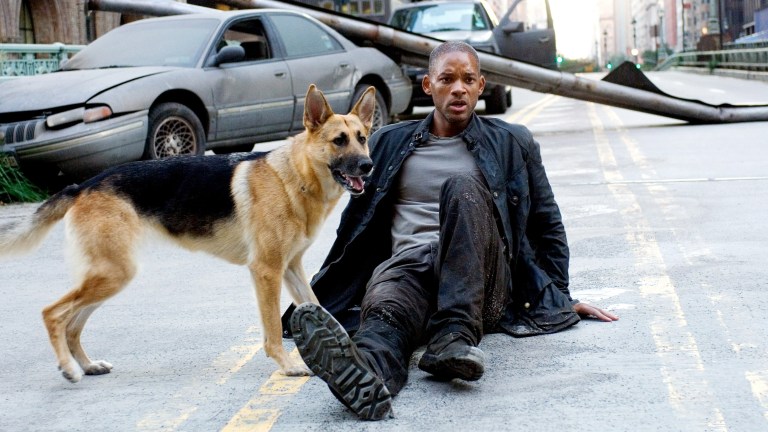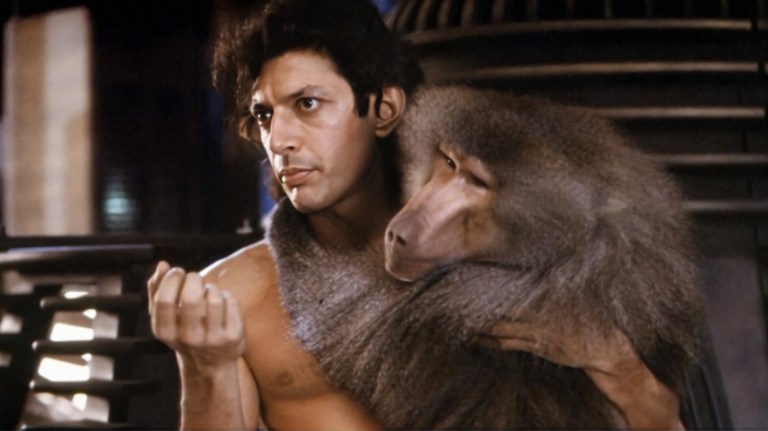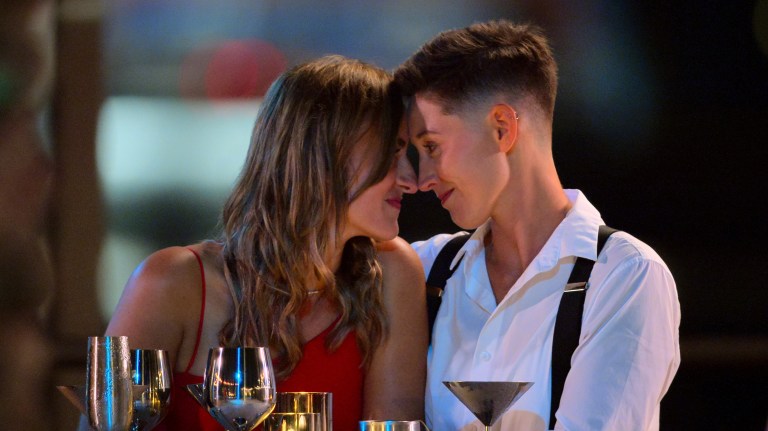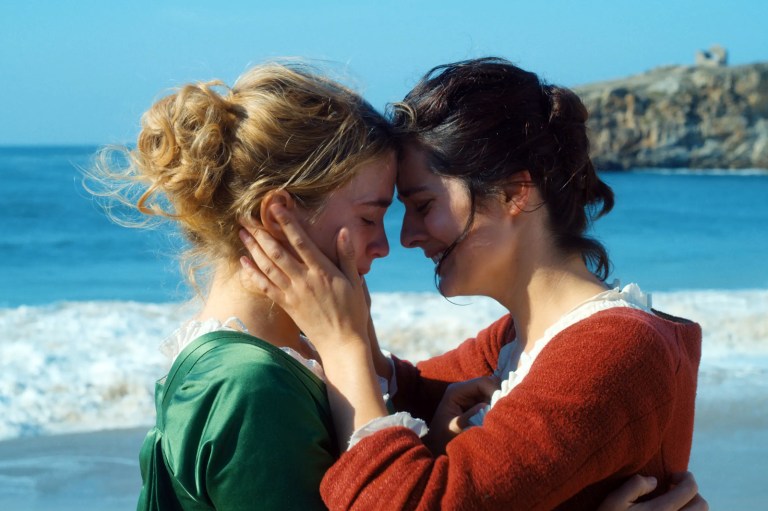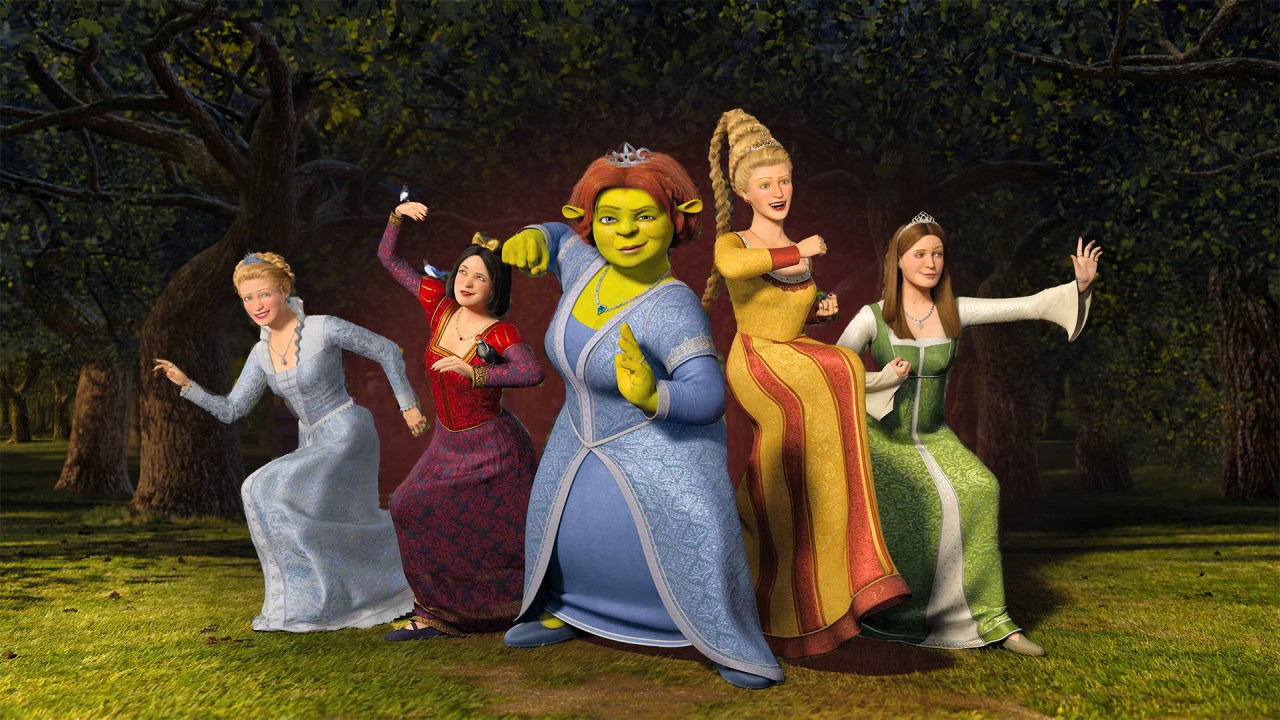
Why ‘Shrek 2’ Is Way Better Than The Original
For many of us, it’s hard to remember a time when Shrek didn’t exist. Some of us weren’t even born yet! It’s now been 20 years since Shrek 2 was released, which means we’ve had two decades of jokes about Dulac, “Far Far Away,” an evil Fairy Godmother, the Donkey-Dragon romance, and of course, our favorite mean green smelly ogre, Shrek. With a star-studded voice cast, Shrek was able to transcend generations and become a lovable film for parents and their children.
But now we’re all grown up and having kids of our own who we’re excited to bring into the magical world of Shrek. And as we rewatch, it’s obvious that Shrek 2 is actually better than its predecessor. Yes, we said the unthinkable — the sequel is better than the original. Of course there are some moments in the original film that will go unrivaled, from the introduction song to Dulac to Shrek’s onion speech, but Shrek 2 is packed with viral moments, emotional storylines, and a killer soundtrack.
The Soundtrack
We’ll start with the soundtrack. While Smash Mouth’s “All Star” is a truly iconic tune that’s now forever associated with Shrek, the second film’s soundtrack matches and exceeds all of our expectations set by the original. The Counting Crows’ “Accidentally in Love” underscores Shrek and Fiona’s honeymoon. David Bowie’s “Changes” defines Shrek and Donkey’s transition into more “conventionally attractive” beings.
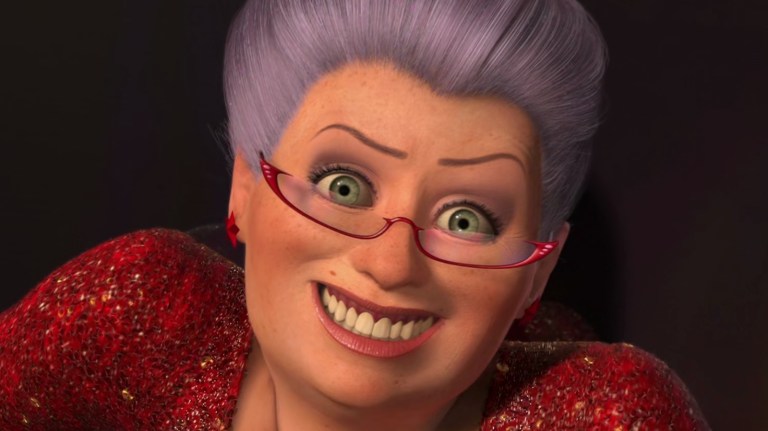
But we can’t forget the Fairy Godmother’s (Jennifer Saunders) show-stopping rendition of Bonnie Tyler’s “Holding Out for a Hero,” which elevates Shrek 2 from animated sequel into an animated musical sequel. By transforming the fairytale into a musical, Shrek 2 continues to flip the fairytale genre on its head while elevating the stakes. It becomes bigger, more camp, and sillier … and it’s perfect.
It Deepens the Underlying Message and Relates to the Real World
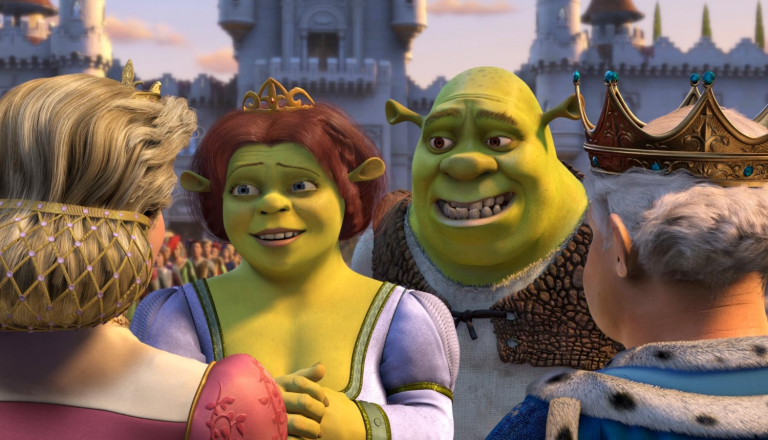
Shrek, which came out in 2001, broke records as the first animated film of the 21st century to be preserved in the National Film Registry. This was, in part, due to how it subverted the stereotypical fairytale. Instead of being saved by “Prince Charming,” Fiona was instead saved by Shrek, an Ogre, who happened to fall for Fiona because of her personality, not because of her outer beauty.
Shrek 2 continues the message while deepening the goal of subverting societal expectations. Typically, fairytales end with a “happily ever after” but Shrek 2 finally shows us what happens after the “happily ever after.” For instance, just because one is happy and in love doesn’t mean that their insecurities just fade away. Sometimes, they can be exacerbated by outside forces.
Relationships can be threatened by new suitors. Meeting the parents almost always puts a strain on romantic relationships. Making changes to appearance or personality can make significant others fall in and out of love with each other, but people grow and change! All of these issues are much more complex and realistic than the simplistic messaging of Shrek.
As Shrek’s audience grew older, so did their subject matter. It’s not just about loving someone for who they are, it’s also about dealing with all of the challenges that come with “love.” Shrek 2 is one of the earliest movies I remember that proves that love can’t just be achieved with a magic potion and that “love at first sight” doesn’t necessarily last forever. It proves that love takes work, even in the most magical situations in the most magical land of all.
The Expanding Cast and Universe
If you thought the world-building of Shrek was groundbreaking, Shrek 2 is a masterclass in expanding a universe. It continues to build on fairytale tropes by introducing us to more princesses, princes, and citizens of “Far Far Away,” which is always where classic fairy tales take place. Shrek 2 brings in the Fairy Godmother and her son, Prince Charming, but it makes them the villains, which is a fun twist on our perceptions of typically “good” characters.

Fiona’s parents, the King and Queen, are voiced by classic British acting royalty, John Cleese and Julie Andrews, and then of course, we meet Antonio Banderas’s Puss in Boots. The adorable cat in booties was so popular that he spawned his own spin-off series. What could be more lovable than a feline assassin with puppy dog eyes? Nothing!
From its songs to its cast to its underlying themes, Shrek 2 paved the way for Dreamworks’ pattern of successful animated sequels. In fact, Shrek 2 is still Dreamworks highest-grossing film to date, proving that it is easily better than its predecessor.
